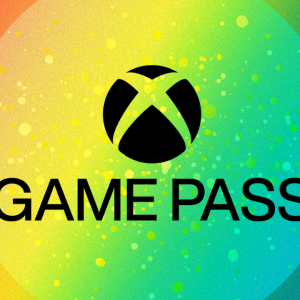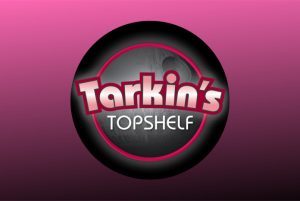Valve introduced the world to the Steam Deck in 2022 and it was an instant hit with countless Steam users who jumped at the chance to take their games just about anywhere. As we close out 2023, the Steam Deck remains one of the best pieces of portable gaming hardware you can buy, both on the hardware and software side of things. It’s also started a bit of an arms race in the PC gaming space, one that’s exciting to watch and, with the launch of the Steam Deck OLED, one that Valve doesn’t seem to be keen on falling behind in whatsoever.
While other PC manufacturers have offered up Windows-based alternatives by way of the ROG Ally and Legion Go, the Deck has focused on providing a gaming experience with a malleable operating system and a dedicated UI that makes launching and playing games a breeze—it’s not content to be a Windows machine wrapped in a gamepad-esque shell. Valve has continued to improve the software experience to deliver direct and reliable performance on modern titles with an open door to decades worth of gaming via the virtually endless Steam Library.
With thousands of playable titles, Steam Deck thrived in 2023
According to ProtonDB, the Steam Deck now boasts over 13,000 playable and verified games. Verified status typically ensures that a game will run as pain-free as possible: Download the game, boot it up, have fun. Meanwhile, Playable status indicates that a game may have some discomforts (such as a stubborn launcher window, text that’s slightly too small, or a lack of dedicated gamepad button support).

2023 raised the standards for Steam Deck’s “Verified” status
Remnant II: From Ashes was labeled as “Verified” for Steam Deck on launch in July, 2023. Though the game has been a hit with Steam users, the community was quick to point out that its poor performance on the handheld spelled a troubling sign for the trustworthiness of the “Verified” status. Fortunately, Valve swiftly addressed this a month later by labeling it as “Unsupported.”
While “Verified” status typically means you’ll have a great time with a game on the Deck, the community has made it even easier to get down to the nitty gritty details of what kind of performance you can expect from any given title by way of ProtonDB, a database of user experiences running games on Steam Deck and other Linux-based hardware. Here, you can read up on what kinds of experiences folks have had with any given title, and even pick up a few tips on the best settings to tweak. It’s a great way to improve the experience of not just Verified and Playable titles, but even of games that are technically unsupported.
Take Bethesda’s Starfield, for example. While listed as unsupported on the game’s storefront, many Steam Deck users have shared their experiences of what it takes to get the galactic-scale RPG running at least reasonably well.
You’ll have to set your expectations appropriately, accepting more than a few graphical sacrifices, but Starfield’s ProtonDB page indicates that many people are able to get a workable experience romping around star systems. Your best experience with Starfield, of course, will be on an actual gaming PC, but the fact that so many people are playing it on Deck is proof of both the Deck’s resiliency and the community’s openness and willingness to share personal experiences.
2012’s Sleeping Dogs is yet another example. Officially unsupported on Steam Deck, many report being able to get it to work anyway, with it reaching a “Silver” status on ProtonDB for running “with minor issues, but generally [being] playable.” Star Wars Jedi: Survivor is another example of an Unsupported title that generally runs generally well with some tweaks.
And of course, if you’re just set on playing major and current AAA titles, the Steam Deck is happy to provide excellent performance for major hits like Armored Core VI and the Game of the Year-award-winning Baldur’s Gate 3, as well as Resident Evil IV, Cyberpunk 2077, and more.
Steam Deck upgraded in 2023, but didn’t leave early adopters in the cold
Perhaps the most exciting surprise for the Steam Deck this year was the OLED hardware refresh. The Deck has generally had two weaknesses: Battery life and the LCD screen.
Read More: Steam Deck OLED Is A Premium Dose Of Personality
That all changed with the introduction of the OLED model, which not only dramatically improves the look of games on the device (and includes some stylish improvements to the form factor itself), but also features a nice improvement to battery life.

Those who are still hanging onto their old LCD models shouldn’t despair. As Ars Technica reported back in November, added features like color temperature and vibrance settings can let users squeeze more flashy pixels out of the older screen.
It’s been two years since the Steam Deck’s celebrated release. Now, thousands of playable games and potentially millions of happy Steam Deck users later, it’s clearly established itself as the hardware hit that Valve has been working toward ever since the launch of the Steam Machines in the 2010s. In 2024 it will be interesting to see how the hardware keeps up with increasingly demanding games, but as a staple of modern PC gaming, it’s hard to believe it’ll get left behind anytime soon.
























